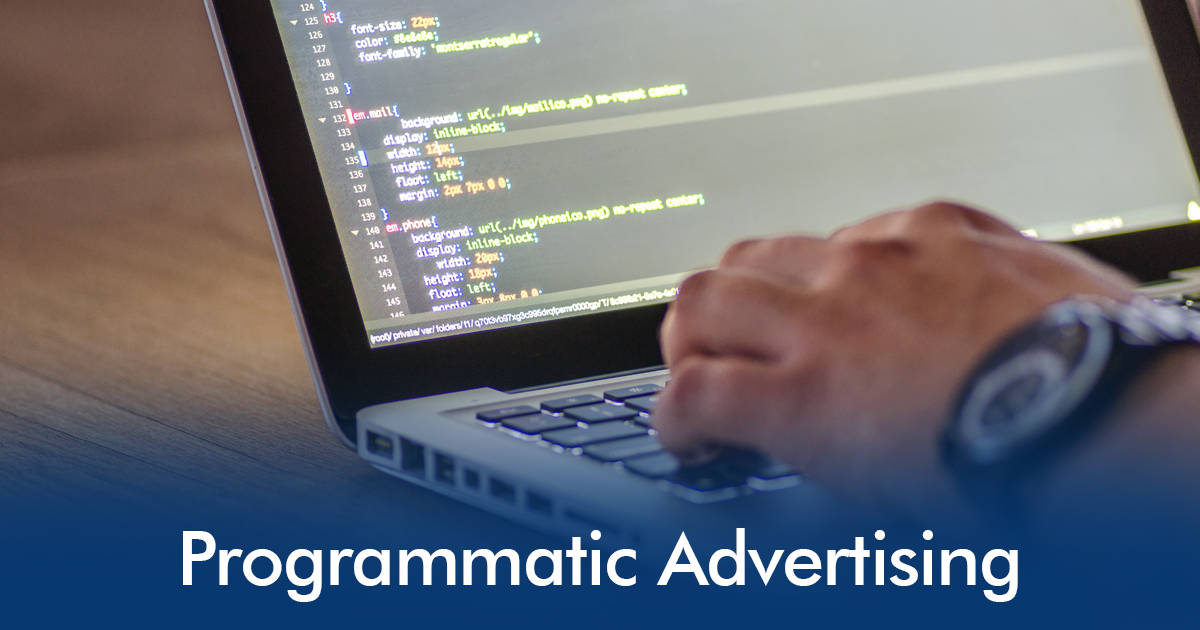
Today we have decided to share our knowledge on the programming advertising with you. As per the statistics of 2018, in the USA, over 80% of digital marketing is done by programmatic advertising. Programmatic advertising can be described as the use of artificial intelligence and machine learning to purchase the ads in real-time without human negotiations and pre-set prices.
It is using today widely by digital channels, including display, mobile, video, and social. The channels that used offline methods earlier are also on the way to become a digital channel.
So, in these circumstances, you must learn some basic details regarding programming advertising. Let’s get started.
Brief basics of programmed advertising:
Programmed advertising is based upon the principle of real-time bidding. It is the process of buying and selling ads through real-time auction. Previously, programmatic has been reserved mainly for media agencies. But in this age of digitalization, small companies are also taking part in this real-time auction process.
Here we will know the main parts of the programmatic ecosystem.
Mobile Ad exchanges:
Nowadays, most ad exchanges also handle mobile inventory, as mobile is a large part of the digital advertising system. There is a platform named MoPub, owned by Twitter, focuses exclusively on in-app purchases. Ad exchanges connect DSPs and SSPs and facilitate the auction process.
Demand-side platforms or DSPs:
A demand-side platform is a tool or software which helps the advertiser to buy an ad placement automatically. It also enables how much to bid for each opportunity of impression.
Supply-side platforms or SSPs:
This is the tool for ad exchange used by publishers. It enables publishers to offer inventory and help maximize how much their inventory sells for. It connects the publishers with the ad exchange and informs them what kind of inventory is available. Through real-time bidding, the inventory is allotted to the highest bidder.
Ad servers:
These servers are used to place the winning ad in the corresponding page slot.
Data providers:
They enhance the ecosystem by offering additional pieces of information to give better information on each transaction. It gives detailed information regarding the things like context or topic of the page where the ad would serve, pre-built third-party audiences, lookalike audience building, hyper-local targeting, detection and prevention of fraud advertisers, and first-party data onboarding.
These are the main players of the game. Now I am going to discuss briefly regarding the process of programmatic advertising. Let’s go.
Process of Programmatic Advertising:
Advertiser, using programmatic technology, uploads ad to a server and uses DSP to decide where, when, and whom to serve, and how much to bid for each opportunity. The programmatic bidding occurs in DSP. It helps to narrow the field by establishing rules and parameters on which audiences and websites have to bid. The most important function of DSP is to determine how much to bid for each impression opportunity and to ingest an insane amount. DSP uses algorithmic calculations to perform this task.
This bid is submitted through an auction held by an Ad exchange. If the bid is won, the ad is placed on the desired web page, by the help of SSP. SSP helps the ad to enter into the server of the publisher.
Conclusion:
So, in this discussion, we have tried to help you with our knowledge. A detailed introduction of the programmatic advertisement has been provided. As per the experts’ opinion, the future of the programmatic advertisement is very bright and the year of 2021 is going to be important for it. So, this could be considered as the best time to jump into the trend.




